Crickets belong to the phylum Arthropoda, class Insecta, order Orthoptera, and family Gryllidae. Closely related to grasshoppers, crickets have hind legs adapted for jumping, though they are less agile.

Here are 10 different types of crickets, along with their features and habitats:
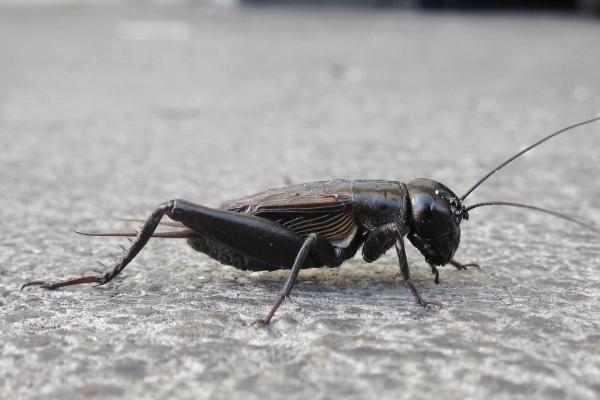
Common in southern Canada and widely distributed across North America, including northern Mexico. Found in disturbed grassy areas near human settlements. Body length: 15–25 mm. Color varies from dark black to reddish-brown. Omnivorous and a key predator of seeds and invertebrates.
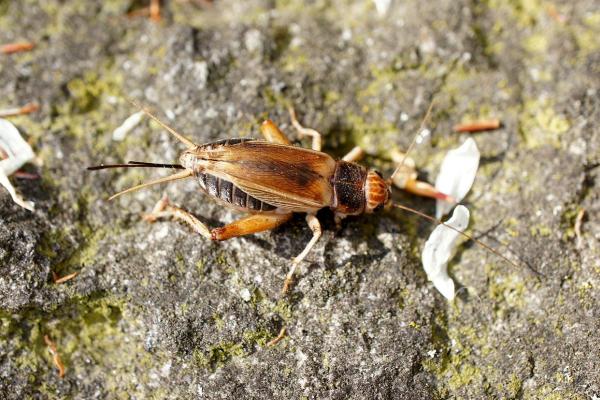
Found in southern U.S., Mexico, parts of South America, and the West Indies. Lives in weedy fields, roadsides, and pastures. Males emit short, pulsed chirps at one-second intervals. High in protein content; cricket flour contains 54.69% protein, making it a viable animal protein alternative.

Native to the Mediterranean but now cosmopolitan. Adapts to both dry and moist environments. Body length: 20–33 mm; width: 8 mm. Slightly larger than typical field crickets. Omnivorous, feeds on plants and small animals.
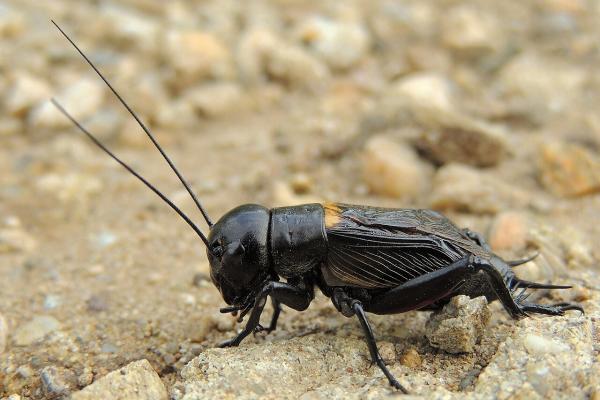
Widespread across Western Europe. Prefers dry, sunny grasslands with low vegetation. In the north, found in nutrient-poor meadows and heathlands. Dark-colored; males: 19–23 mm, females: 17–22 mm. One of the most threatened cricket species in Britain.
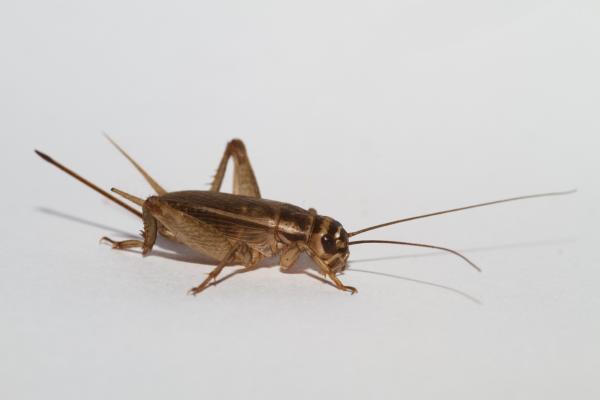
Originally from southern Europe, North Africa, and Asia, now globally invasive. Length: 25–30 mm; antennae as long as body. Slim, cylindrical body, lighter in color than field crickets. Sexual dimorphism present: males are smaller with two appendages, females have a third called an ovipositor.
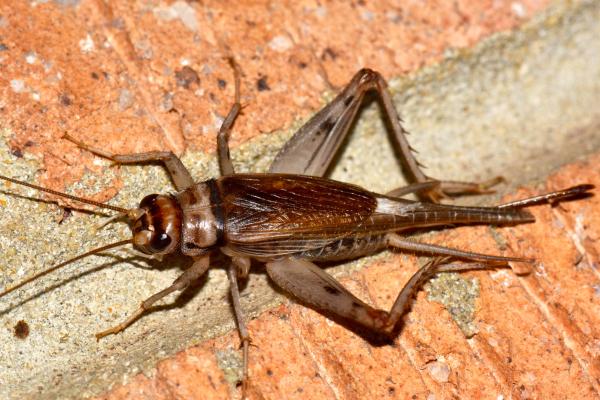
Native to Southwest Asia, now found in tropical regions worldwide, including cities. Smaller than common house cricket (13–18 mm). Light tan color with two bold black bands. Feeds on stems, foliage, and roots of plants.

Native to Africa; also found in parts of Asia and southern Europe. Lives underground in burrows and tunnels, emerging mainly during mating season. Digs efficiently with strong front legs. Feeds on plant roots and soil-dwelling invertebrates.
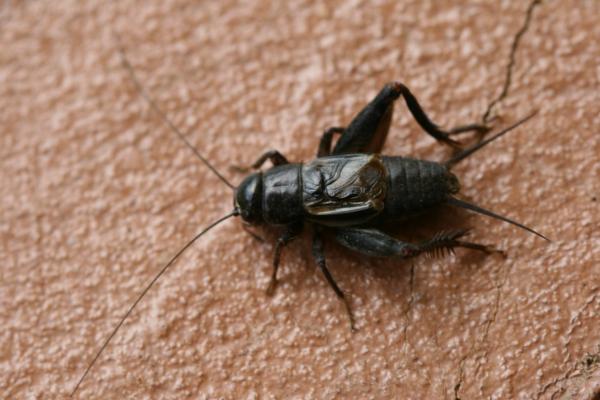
Originally from Australia, introduced to New Zealand. Prefers rocky or cracked soil habitats, active at night. Grows up to 30 mm. Black or brown with long antennae, jumping legs, and folded wings. Possesses chewing mouthparts.
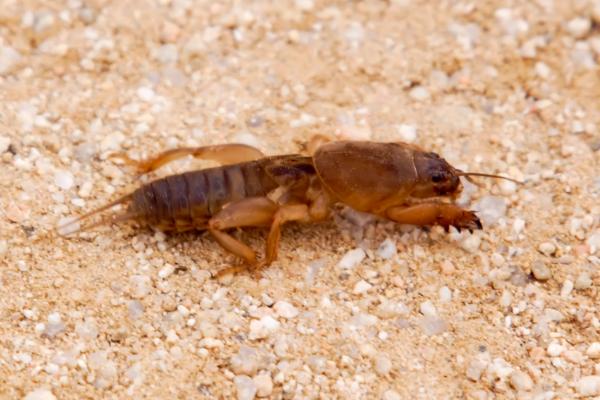
Native to Western Europe and North Africa; introduced to East Asia, South America, Eastern U.S., and Southern Spain. Inhabits short-grass areas with sandy or peaty soils. Males: ~50 mm, females: ~70 mm. Brown body with fine hairs and large digging forelegs.
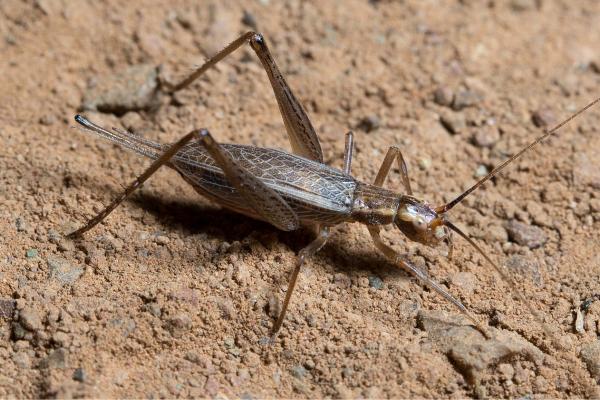
Found in southern Arizona (May to Nov) and Oregon (Aug until frost). Inhabits shrubs and trees from 50 cm to 2.5 m high. Males are lemon green; females range from green to brown. Adults average 19.5 ± 1.8 mm in length.
animal tags: Crickets
We created this article in conjunction with AI technology, then made sure it was fact-checked and edited by a Animals Top editor.